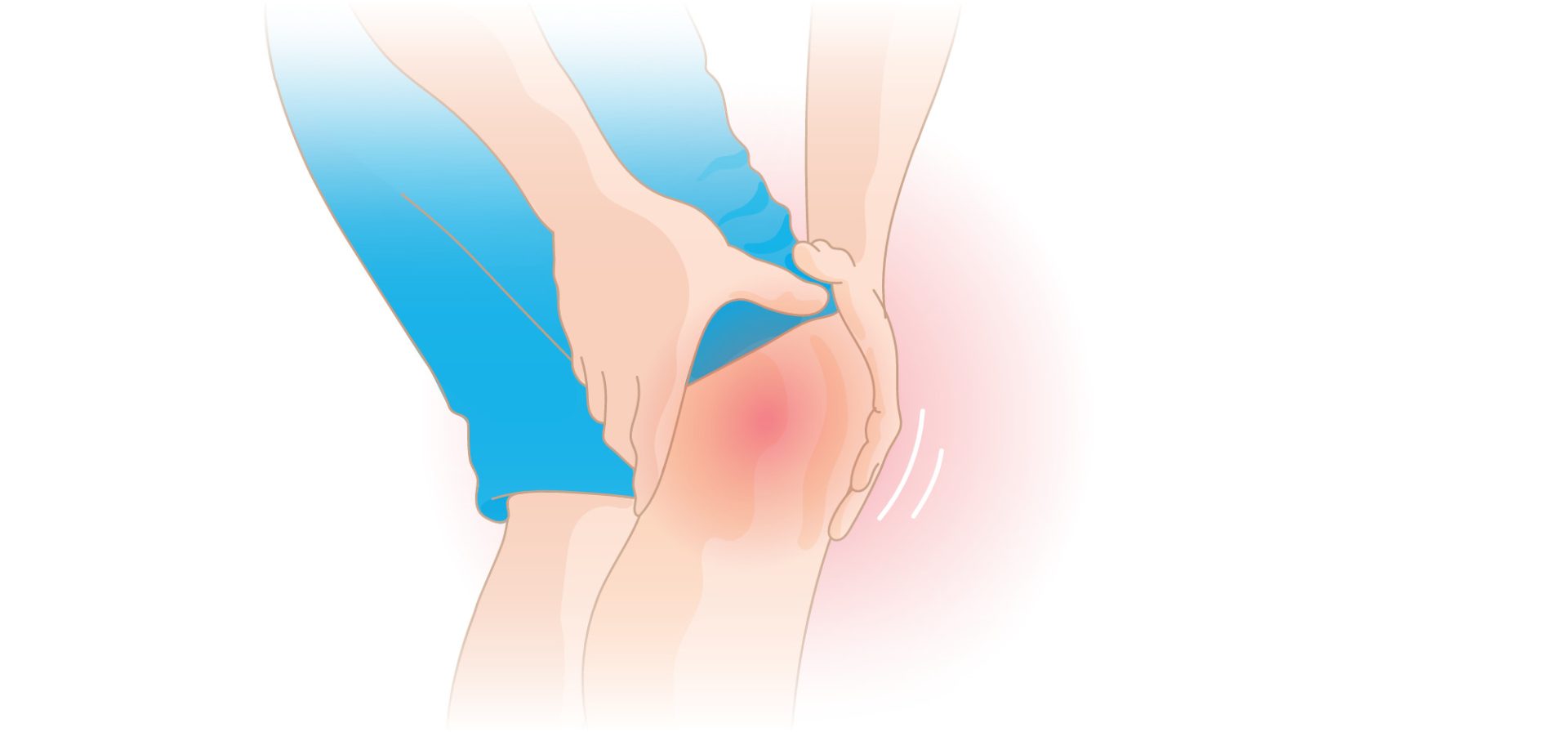Osgood-Schlatter disease (OSD) is a common condition that affects young athletes, particularly during their growth spurts. It is characterized by pain and swelling at the top of the shinbone, just below the knee. OSD occurs due to repeated stress on the growth plate, which is responsible for bone growth during adolescence.
The good news is that OSD is usually self-limiting, meaning it will resolve on its own as the child grows older. However, during this period, it is important to manage symptoms and prevent further damage to the growth plate.
The 5 stages of rehab can be applied to OSD to ensure the best possible outcome as follows:
Pain and symptom management: The first step in treating OSD is to reduce pain and inflammation. This can be achieved through rest, ice, compression, and elevation (RICE) therapy. Anti-inflammatory medications may also be prescribed to reduce pain and swelling. It is important to avoid activities that exacerbate symptoms.
Range of motion: Once pain and inflammation are under control, the focus shifts to restoring normal range of motion in the knee joint. Physiotherapy treatments such as gentle mobilization, stretching exercises, and joint mobilization techniques can help to improve flexibility and reduce stiffness in the knee joint.
Motor control: In stage 3, the focus is on improving neuromuscular control around the knee joint. Exercises that target the quadriceps, hamstrings, and calf muscles, can help to improve muscle strength, balance, and coordination. Proprioceptive training, which involves exercises that challenge balance and coordination, can also be beneficial in improving motor control.
Strengthening: In stage 4, the goal is to build strength in the muscles around the knee joint to improve stability and reduce the risk of reinjury. Resistance training, including exercises such as squats, lunges, and leg presses, can help to build muscle strength and endurance. Plyometric exercises, which involve jumping and landing, can also help to improve power and explosiveness in the lower limb muscles.
Maintenance: In the final stage of rehab, the focus is on maintaining the gains achieved in the previous stages and preventing reinjury. This may involve continuing with regular exercise, including strengthening and proprioceptive training, as well as making any necessary modifications to daily activities or sports participation to reduce the risk of further injury.
Overall, the key to managing OSD is to ensure that the teenage child does not put excessive stress on the growth plate. This may mean taking a break from sports or activities that exacerbate symptoms. Physiotherapy can help to reduce pain and inflammation, improve range of motion, and restore normal function in the knee joint. By applying the 5 stages of rehab, young athletes can safely return to their sports and activities with reduced risk of reinjury.


